Crowded Space
Discover how Lloyd’s helps make space operations safer and more sustainable.
It’s approaching 60 years since the Lloyd’s of London insurance market wrote the first space insurance cover for Intelsat 1, the world’s first commercial communications satellite. Primitive by today’s standards, Intelsat 1 helped provide live television coverage of the splashdown of NASA’s Gemini 6 capsule in December that year, the first broadcast of its kind.
Intelsat 1 marked the beginning of the age of commercial space flight. Since that dawning of the satellite era, when the skies above Earth were relatively clutter-free, the volume of space traffic has increased exponentially with the provision of new services and data helping life on Earth – but and this activity is leaving its mark in the form of 2,250 defunct satellites currently orbiting Earth.
Space debris pose a risk that’s difficult to quantify. That risk is increasing at an alarming rate. If we do nothing, I’m incredibly worried about debris in low Earth orbit. Insurers are beginning to question the viability of insuring satellites in low Earth orbit because of it.
According to the European Space Agency, as of 2022, 32,140 items of space debris are tracked by international space surveillance networks and maintained in their catalogues. These range in size from small lens covers right up to the spent upper stages of rockets. This cloud of orbiting debris is calculated to have a total mass of over 10,100 tonnes and represents a significant threat to other spacecraft. In 2009, the first accidental in-orbit collision of two satellites took place, in which both were destroyed, creating over 2,300 trackable fragments.
How does one remove an item of space debris? According to David Wade, space underwriter with Lloyd’s insurer Atrium, the volume of junk has become so great in low Earth orbit that do nothing is no longer an option. Over decades, scientists have developed many ideas, some highly pragmatic, others more fanciful. Laser beams, space-launched harpoons, even a web of polymeric foam. But the team at space technology company Astroscale developed a fundamentally different technology: using a satellite servicer spacecraft, fitted with a magnetic capture mechanism, to grab a defunct satellite and lower it into a safe orbit in which it would then burn up in the Earth’s atmosphere.
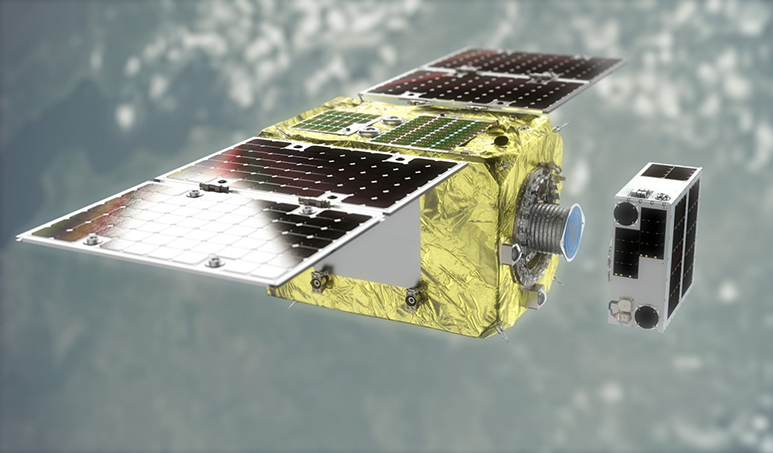
ELSA-d magnetic capture (copyright Astroscale)
Astroscale’s concept of a satellite launched into orbit which could track and then dock with a debris fragment potentially travelling at over 18,000 miles an hour was a bold one. The science was sound, but the concept needed to be tested and proven with a replica satellite designed for the mission. So, in 2013, Astroscale set about developing the end-of-life services demonstration mission (ELSA-d): two spacecraft, placed in orbit by a Russian Soyuz rocket, which would perform a number of complex manoeuvres 550km above Earth. The mission launched in March 2021 with a servicer capable of tracking, docking with and releasing the second demonstration defunct satellite..
“None of us thought this was going to be easy, but we knew ELSA-d had to be tested,” said Kumar Singarajah, Astroscale’s Director of Government & Regulatory Affairs, UK & Europe. “With this technology and our expert capability being further developed with our next ELSA-M mission, together with the European Space Agency and OneWeb, we will focus on removing and de-orbiting defunct constellation satellites to mitigate and remediate the hazards posed by such space debris.”
Insurance plays a critical role in the ongoing ELSA-d mission. Without it, should the servicer satellite fail, Astroscale would lack protection from significant costs that could arise.
David Wade is one of the lead underwriters on Astroscale’s insurance and has been involved with the company for over six years. “ELSA-d is the first commercial mission of its kind and highly experimental,” he says. “But the company engaged with underwriters early in the process and took us on the journey with them. They spoke to us, educated us and we became more comfortable with the risk. The market wanted to demonstrate its willing to get involved and support this kind of entrepreneurial approach.”
The space market generally provides insurance that protects a physical asset. In this case, the cover was designed to fund the repair or replacement of the satellite servicer as well as launch costs in the case of a valid claim.

Monitoring ELSA-d manoeuvres. Copyright Astroscale.
Janette Sunshine, broker with Willis Towers Watson, worked with Astroscale and underwriters to shape and secure the insurance coverage. “It is a privilege to be involved with this first-of-its-kind mission,” she says. “The challenge for us was to build a truly bespoke policy that really met their needs.”
The ELSA-d mission has proven several key technologies required for capturing orbital debris, including the successful release and magnetic capture of the demonstration satellite in August 2021. In addition, the Astroscale team successfully tracked the defunct satellite from a great distance, performed rendezvous operations with an uncontrolled object, and handed over from absolute navigation to relative navigation for a low-Earth orbit servicing spacecraft.
It is expected that many thousand satellites will be launched every year over the next decade. To keep pace with the rapid growth in the satellite constellation market, Astroscale’s next two missions, ELSA-M and COSMIC, will build on their recent mission learning to develop a servicer capable of removing multiple satellites in a single mission. This important contribution to the wider in-orbit servicing market will continue to develop a space sustainability economy driven by close collaboration amongst government, insurance, and industry partners. This fast-emerging sector will also lead to opportunities to develop more skills, capabilities and technologies, including manufacturing in space, in the UK and with international stakeholders.
For Lloyd’s and Astroscale, the capability to clean up near-Earth space, thus securing the viability of commercial satellites and the huge benefits they deliver to everyone on our planet, is an objective well worth striving for.
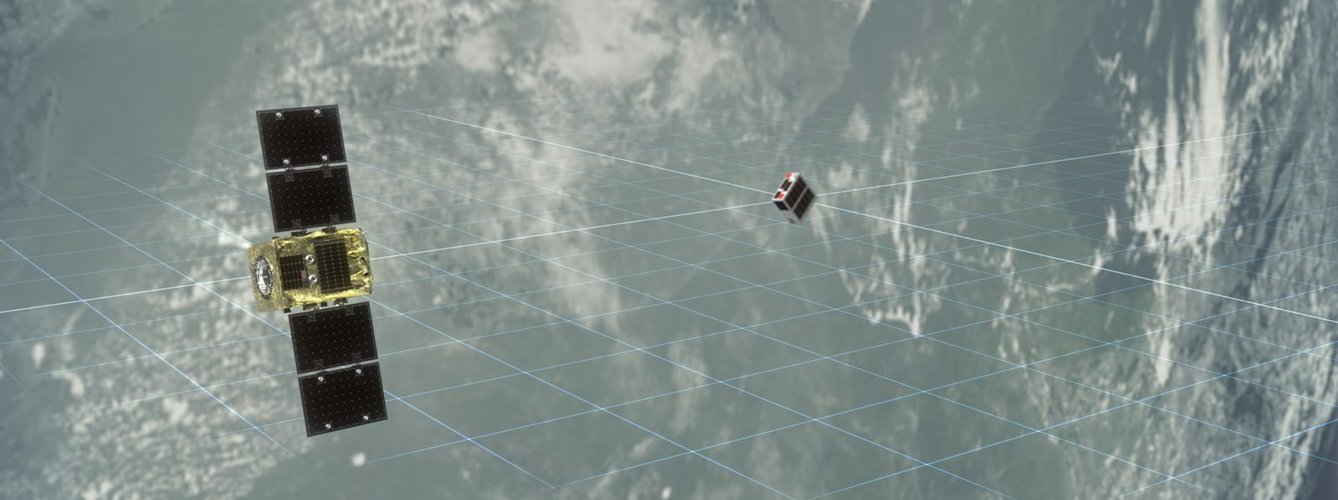

Travelling at 17,000mph in orbit, even the tiniest speck of space debris can chip windows and dent solar cells. Lloyd’s is working with data specialists (and Lloyd’s Lab alumnus) Privateer to track and monitor the movement of space debris.
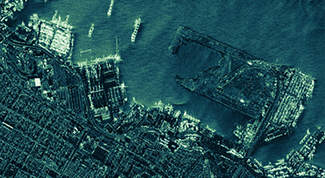
How Lloyd’s Lab alumnus ICEYE’s ‘persistent monitoring’ satellites can help manage and mitigate the impacts of climate change.
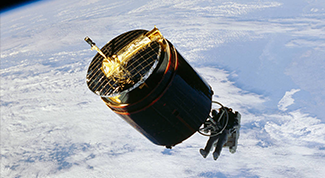
In 1984, Lloyd’s was the driving force behind the first-ever space salvage mission – mission STS 51 - working with NASA and the Discovery shuttle crew to bring two stray satellites back to Earth.
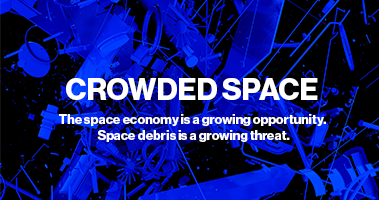
Discover how Lloyd’s helps make space operations safer and more sustainable.